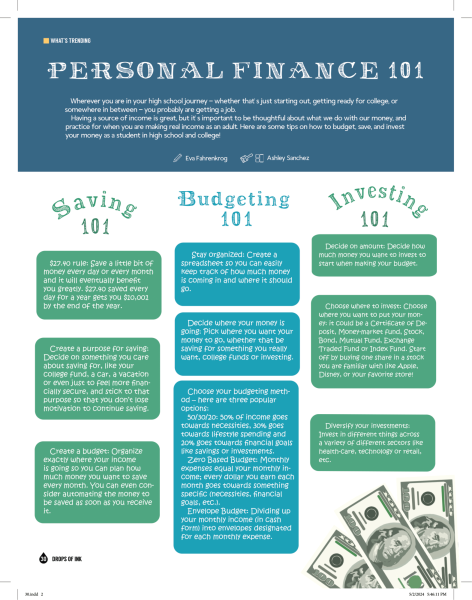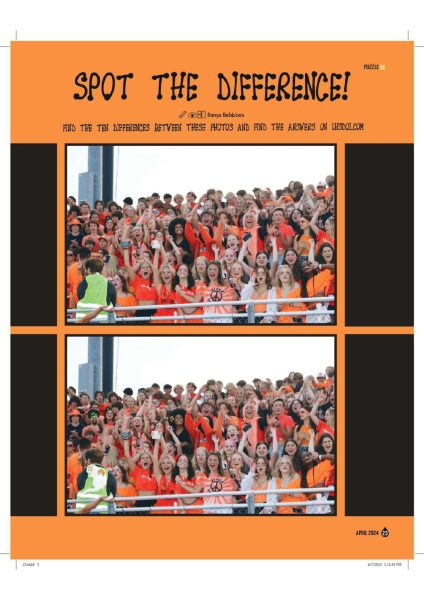Psychoacoustics
How the study of psychoacoustics has helped benefit workplaces.
Psychoacoustics, defined as “a branch of science dealing with the perception of sound, the sensations produced by sounds, and the problems of communication,” according to Webster Dictionary, is commonly used to benefit workplaces by integrating music into a company or business.
Psychoacoustics, depending on the tone, style, and theme of the music, alters someone’s mood and productivity. By implementing practices based in the study of psychoacoustics, such as listening to upbeat music on the job, it can lead to better moods in employees, which in turn boosts productivity.
According to Forbes Magazine, “one such study, conducted in 1972, discovered that factory employees did their best work when they were allowed to listen to happy or upbeat music.”
Instrumental music with a constant mood and rhythm is the best choice, according to Forbes.
Although a catchy beat and well-known verse can be considered more fun, it’s best to play something that keeps the mind awake.
While music can be helpful, it sometimes interferes with work. When completing a task that requires concentration or linguistics, music with lyrics has a tendency to distract.
According to Forbes, “For a company that favors an open floor plan… workers [are left] feeling exposed and even vulnerable; rather than focusing on their work, they focus instead on the other workers and their conversations and activities.”
The solution to an open floor plan’s awkwardness is to wear headphones, allowing workers to block out noise from their surroundings and providing a sense of privacy, which is extremely important for productivity.
Music not only helps workers’ moods; it also has been proven to boost productivity.
According to Corporate Wellness Magazine, “With greater focus comes faster results”. A study conducted by neurologists at Mindlab International found that 81 percent of employees completed their tasks faster when music was playing.
A study conducted at the Frost School of Music of the University of Miami found that music helped IT specialists finish tasks faster according to The Psychology of Music.
Another study by Corporate Wellness showed that different genres of music have different effects. Nine out of ten people who listened to calming ambient music were more likely to enter data accurately, while classical music improved accuracy by up to 12 percent.
The brain is encouraged to release dopamine, the hormone responsible for happy feelings, when people listen to music, according to the Mayo Clinic. While music can be stimulating for the brain, it’s best to set limits on music listening time. “It takes just 15 minutes to a half-hour of listening time to regain concentration,” the Mayo Clinic reports.
Fifteen minutes may seem like a short amount, but in reality, it’s proven to be the ideal time limit.
It is possible to listen to music too much when working. If someone continually listens to music, fatigue may set in, which would make the listener’s productivity deteriorate. Their mind begins to wander, and attention span decreases, as does the listener’s dopamine levels.
When this deterioration begins to occur it’s best to stand up, walk around, set the music aside, and take a moment to breathe.
If a continuously loud and obnoxious noise is present, music used to block out that noise can do more harm than good. Oversensitivity from sounds can occur, and adding music to an already irritated mind will only cause more harm.
Although fatigue and overuse may occur, music can still benefit workers in many ways. Dopamine levels rise, work becomes more productive and music provides a sense of privacy to the worker and those around them in the workplace.
The study of psychoacoustics has many practical benefits, happening everyday in the workplace, quietly helping people in the background.












Julie Kern • Mar 8, 2022 at 6:58 pm
Very interesting and supportive of instrumental and classical music for a short time to help enhance one’s focus!